Gesture and the Object Liberation as Aktion a European Component of Performative Art
The work of Berlin-based creative person Jimmy Robert (b. Guadeloupe (FR) 1975) is situated in the interstices betwixt the art object, operation, and the history of fine art in a broader sense. More precisely, it explores the delicate relationship between performance – where and how information technology is implemented – and the public that observes it. In this conversation with Eleonora Milani the artist reflects on notions of performance and the performative, and on ways of liberating and legitimizing performative practice despite its medium-specific legacy.
ELEONORA MILANI: "The 'performative' is an adjective usually used to describe art, an artist, or an aspect of art that is theatrical, dramatic, or otherwise engaged in performance." This definition is from the volume Performing Epitome(MIT Press, 2019) past Isobel Harbison, who also notes that the term "performativity" is drawn from the linguistic theory of J. L. Austin, in which "some aspects of language had a performative outcome," and was later reworked past Judith Butler in 1990. Today it is ever more useful to look at a performance not every bit a circumscribed style to limited visual fine art, or, fifty-fifty worse, as a medium, merely, on the contrary, as something that has to be read in a broader sense. Thus it has more difficult to refer to the practice of an artist who uses his trunk, defining him or her as a "performer." What should a performer be and in relation to what? I enquire this question too of myself, for we are witnessing a stiff return of dance, "gesture," and theater in visual fine art. What does "performative" mean according to your vision?
JIMMY ROBERT: I am enlightened of these dissimilar meanings ascribed to the words "performative" and "performance," but I would like to pick up on something in your question, when you speak about "something that has to be read." This notion of reading is for me essential in terms of how we should approach these terms, meaning in that location is piece of work that however needs to be done — an activeness that locates itself beyond the act of looking and observing as a passive audience. Participation and appointment is required, and maybe that notion of "reading" the work is where the "performative" locates itself; it is not just that your attention is required, but one must participate, think, question, pass up or accept what is presented to you lot as an audition member and as a performer. There was this group show recently at MoMA titled "Judson Dance Theater: The Piece of work Is Never Washed," which was about the Judson Church scene in New York and its legacy, and to me this besides resonates strongly in terms of attempting to point at an action which has no stop in the sense that it operates in the present, which is e'er different and continuously asks you to spotter out, be alert, your senses are required, do not be a victim, you lot accept agency. My sense of performativity is the 1 that reminds you of your role and significance in this equation: Y'all are here with me creating meaning. I am not alone in this. Y'all are being performative as much equally I am.
EM: In a recent interview in Pin-Up you speak of failure in relation to representation and how it gradually led you to utilize the body. In what sense does the body not fail, and, if it fails, is the failure more acceptable?
JR: Oh, don't get me wrong, the trunk does fail likewise. This is the fragility of performance. It is not and so much that this failure is more acceptable, but mayhap nosotros demand to kickoff looking at vulnerability as something that is not unattractive. Vulnerability within a man is still seen as a trouble, and possibly this needs to change. Every bit a performer my torso shakes; I always think I could practise things better and lack technical power, as if this would change the value or what is at pale within the work. I need to remind myself that after making work for a while now I have developed a vocabulary which is my ain and that I should trust. I estimate my fright is located in the accuracy of my statements and whether objects, too as my own body, tin be accurate. Notwithstanding, although accuracy can be synonymous with precision, this does not foreclose vulnerability. How am I to know how well I neglect?
EM: The idea that space is a specific entity in connection with the torso and the artistic object (with all the art-historical implications built into the relationship between the work of art and the spectator) is pivotal in your practise. Three elements coexist in your work like a beloved triangle, alternate moments of harmony with intervals of crisis. Your references –– to masculinity and gender problems, to figures such as Yvonne Rainer or Marguerite Dumas, and to social club culture –– are key in your research. Withal, it is in works where the use of the torso is forced into an object or in close contact with it that something unbelievable happens. I am thinking of the functioning Descendances du nu (2016) — a reference to Nude Descending a Staircase, No. 2 by Duchamp (1912) — during the homonymous exhibition at CAC Delme in 2016, where for more than 10 minutes you moved near with a staircase-shaped object on your head. Information technology's a moment of strange irony: perhaps Rosalind Krauss would see it as a satire on the failure of Minimalism. I am also thinking of Paramètres (2012), a video in which you try to "ready the parameters, arrange the construction" of technical drawings on shredded sheets of paper and fill in the blanks with parts of your confront.
JR: I cannot assist just think of Yvonne Rainer's autobiography, Feelings Are Facts, as we get forth — the factness of feelings against peradventure the notion that Minimalism was ever meant to be against a certain sense of subjectivity or emotion. Rainer'south autobiography shows beautifully how in the end all these suppressed emotions are actually very present in all these very austere-looking artworks. I tend to remove access to the confront, to hide expressions, which I hope resurface in movements or texts. Descendances du nu is very funny and campsite. Sometimes information technology looks similar yoga, sometimes like a vintage pivot-up parade. I tend to say betwixt sexiness and the ridiculous, just very seriously questioning the notion of nakedness versus nude representation, the blackness body in art and art history'due south legacy of underrepresentation of women and people of color. Paramètres also flirts with a certain flippancy, a humor I inherited from my time in the UK, playing hide and seek with drawings but somewhen with linguistic communication, revealing how much it is a construct that permeates our perception of selfhood — the way nosotros are limited by language and question its authority while enjoying its sonority at the run a risk of appearing foolish. Failing over again? I wonder…
EM: Since your shut collaboration with Ian White (1971–2013), which made its debut with 6 things we couldn't do, just can practice now at Tate Britain in 2004 –– a reworked version of Trio A (1978) by Yvonne Rainer that you lot made together –– your interest in the human relationship betwixt the audition and art spaces has grown. In item, you focus on the spectators' interpretation or reaction to video and performance. In the case of European Portraits (PEER, London, 2017), in which a soundtrack with agonizing dialogue and persistent pauses accompanies your movements in infinite, there is a further element: the audience is made up of passersby that involuntarily interact with y'all through the large glass windows of the gallery. In what fashion has the audition inverse since you performed 6 things we couldn't practise, just can do now with White.
JR: It is not a reworked version of Trio A. We are actually performing information technology three times, merely from unlike angles and each time moving the monitor it is displayed on, effectively condign a trio with Yvonne Rainer performing it on video with us. We went to New York and learned information technology from Pat Catterson, who is appointed past Yvonne, who came herself toward the end of the process to cheque how we were doing and make pocket-size corrections. An object that is very alive in some ways. I miss Ian a lot, and a lot of the things I do are with him in mind — his spirit, his wit and rigor. The sound that you mention in European Portraits is an actual piece composed by Ain Bailey, in which she somehow deconstructs linguistic communication and uses mostly the gaps where there is no text to compose a audio piece; once the performance is over this is a remaining chemical element of the installation and functions to me very much like a performance of its own. I have a feeling that when we performed with Ian people were like, "What is this?" And now they are used to seeing more performances around, but I am not sure the question is not still the same; meaning, I am non sure that seeing more than performances has widened our cognition about it as subject, or even provided ways of talking or writing nigh it. It is still very much a grade in the making; in that location is non nonetheless any authority to go against. So the audience is more than familiar, perhaps knows what they similar or not, is still fascinated or irritated, but what makes a good performance is also knowledge or experience, mayhap both, and then in this sense a lot needs to exist learned, and I feel like I am still learning a lot.
EM: I saw your new performance Old Masters (2019) at the Ministry of Sound on the occasion of an "Evening of Performances" by the David Roberts Art Foundation during the latest edition of Frieze London. On that occasion you performed in a real club and shaped your "phase" by threading your style through the crowd (unaware of what you were well-nigh to do) with an architectural fragment containing a four-foot photographic work by Valie Consign. To what extent might the club temper have changed the audience'due south perception of your performance?
JR: Old Masters was the first fourth dimension I wanted to break down this hierarchy betwixt seeing an exhibition and experiencing a functioning past showing that they are on the same plane in so far as they are both about experiences of looking. How long does it take to look at an epitome? Listen to a piece of music? Watch a choreography? Pay attending to a spoken text? I wanted to heighten the relation that people may cultivate with the infinite they are entering and propose a stylized grade of visit through different materials — punctuate things a little and advise something other than mass consumption, perchance at a slower pace where at that place is fourth dimension to manage the information you are given, to procedure it and create associations, empathy, or arguments and contradictions, like pitting ballet confronting disco like Douglas Crimp does in his biography Before Pictures — which I call back a space like the Ministry of Sound is fraught with. I was initially quite conflicted, merely I thought that was enough to engage with such a space — which at the terminate of the solar day I am very familiar with merely have kept very separate somehow. The question was why. And this has probably to do with a sure hierarchy of looking and reverence which I wanted to emphasize by moving around with an artwork from the DRAF collection by an creative person who has addressed such questions throughout her career as a performance artist and to bring her into the conversation again and not forget her legacy. At one time highlighting the absence of operation in fine art fairs and reminding of the labor that is necessary to bring art works to light, such as art handling — another grade of invisibility, a form of choreography too. There was an initial disdain from some of the audience at first, when they did not recognize me equally a performer — a certain tension until they made space for what was understood as a moment of "spectacle" and finally gave their attention. All of this drama was more visible from the balustrade, where some of the audience could observe the audience downstairs closer to me, which I think was your point of view. I had created that same space at the Drinking glass Business firm for Imitations of Lives for Performa 17 when 2 of us, black men, were dressed as security guards at the entrance and became almost invisible as performers.
EM: Your piece of work is currently on view at the Chicago Architecture Biennial with Descendances du nu. How did you adapt the piece of work to this new context? Has Chicago affected information technology?
JR: This is one of the few times where I did auditions to detect new performers to replace me. And so after seeing about xx different people I concluded upwardly with these five amazing women, all local to Chicago, whom I felt had very strong personalities that would come up through the piece and give information technology a new life. Descendances is performed on the landing of a big nineteenth-century staircase in the impressive Chicago Cultural Centre, which was initially a library. The performance becomes a form of architectural intervention in the infinite as it besides comprises an installation made of appropriated images and a deconstructed version of Duchamp's Nude Descending a Staircase, which is transformed into a mere decor and printed on fabric like a theatrical curtain, thus displaying a genealogy through art history just trying to place bodies which are not usually role of this history in its forefront, having them literally carving a space for themselves through it, somehow between the father figure and the mothers — every bit Elaine Sturtevant, Sherrie Levine, and Louise Lawler are all appearing and appropriating Duchamp too. Then Chicago affected the work past its pure distance, and information technology forced questions: Could we remember of performing this piece several times? And by which bodies? Whereas it was initially such a site-specific piece, performed in a former synagogue turned contemporary art center, I idea it might exist difficult to return there. But I went for a less precious arroyo, which entailed identifying what is virtually important in this work: Who is performing it? Where it is performed? Or why is it performed at all today? The city has both an amazing art collection and compages, and I call up the value the urban center volition throw in is the same equally anywhere else, pregnant depending on how much time anyone has to spend time with the work and run across it unfurl over time as these bodies have it and make it their ain "until no ones understands the why of such desire," as Duras writes in Hiroshima mon amour.
EM: What practise you remember of the role of performance in relation to the rise of nationalism and other isms?
JR: This is a hard question. Performancisms? I don't know what is happening, and I am both scared and empowered, which is a weird and ambivalent feeling — but this must be the same for a lot of people and creates this dichotomy. Does performance have the power to accost and redress such contemporary questions? What it surely does is put to the fore those bodies that are existence questioned and make them undeniably visible whatever the signal of view, whatsoever the opinion, making it difficult to ignore and therefore function of the conversation. Challenging who is visible and who is speaking and for whom. Identities are fragmented and complex and cannot be reduced or compartmentalized. Nosotros are in times of necessary conversations that need to happen with everyone, non just a few. Information technology is time for dialogue, ane of our about distinctly humane qualities, and perhaps performance asks for this repeatedly in a way that is needed: ever urgent, beautiful and fragile and aware of its own vulnerability and fleetingness.
Source: https://flash---art.com/article/jimmy-robert-reworking-performativity/
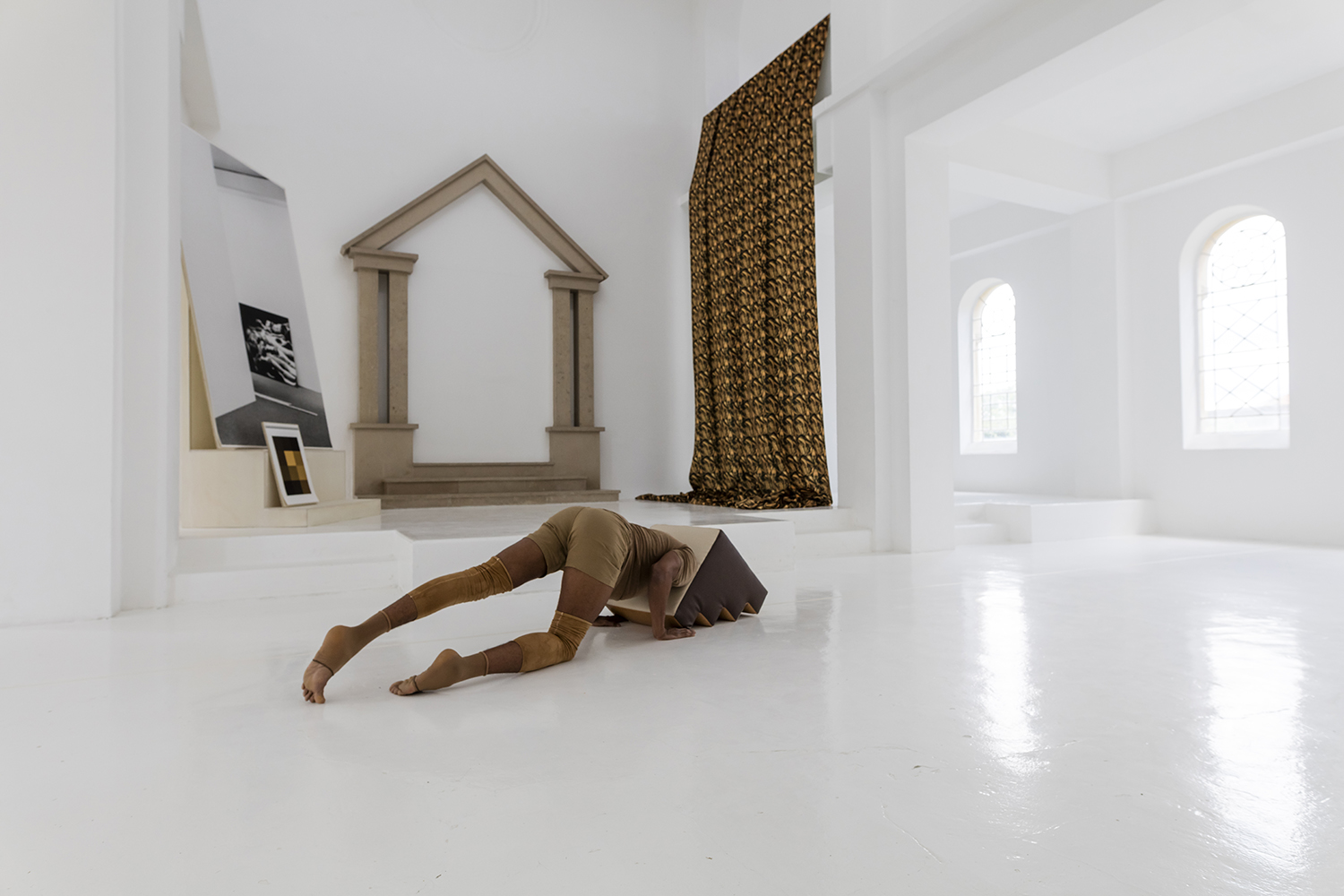
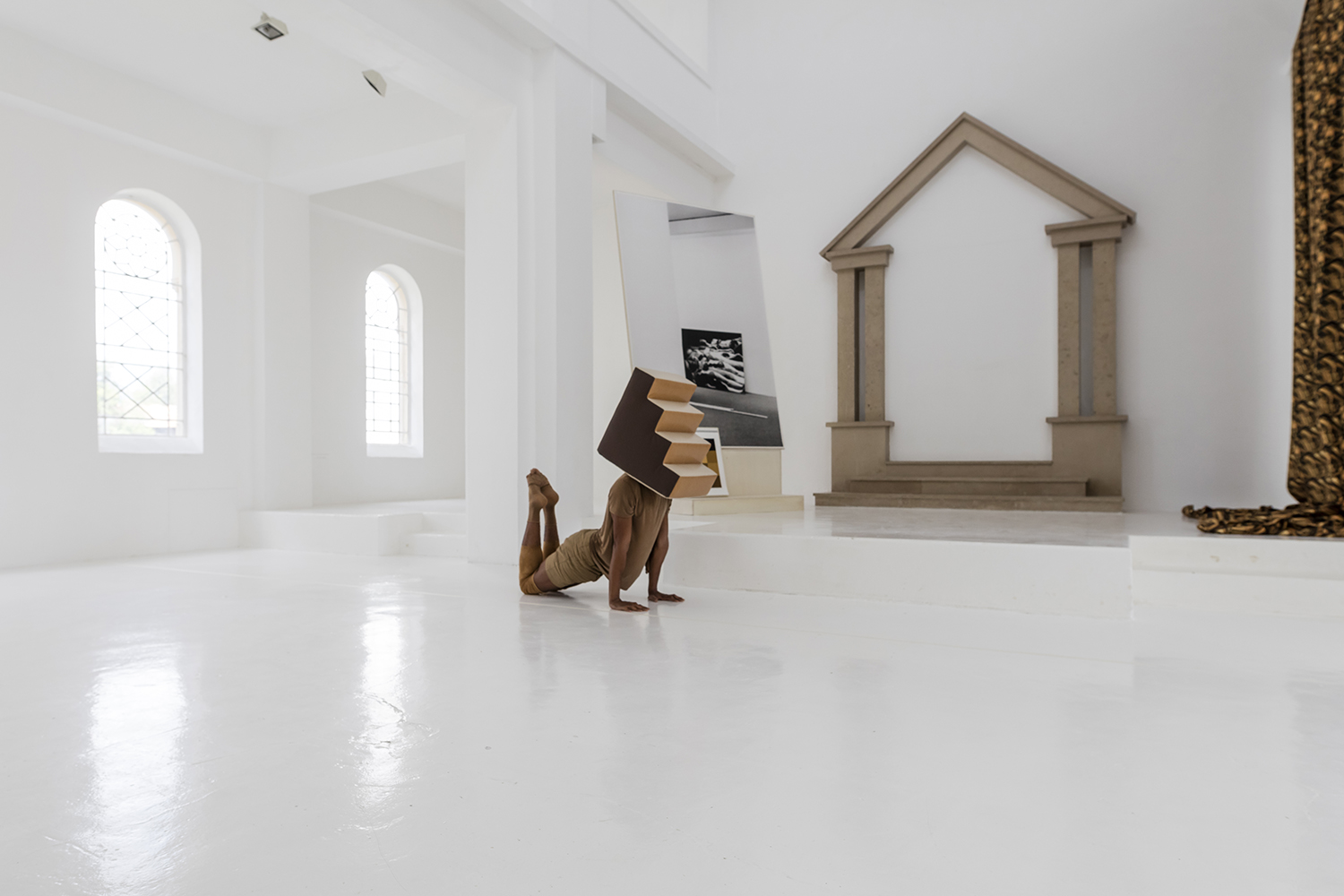
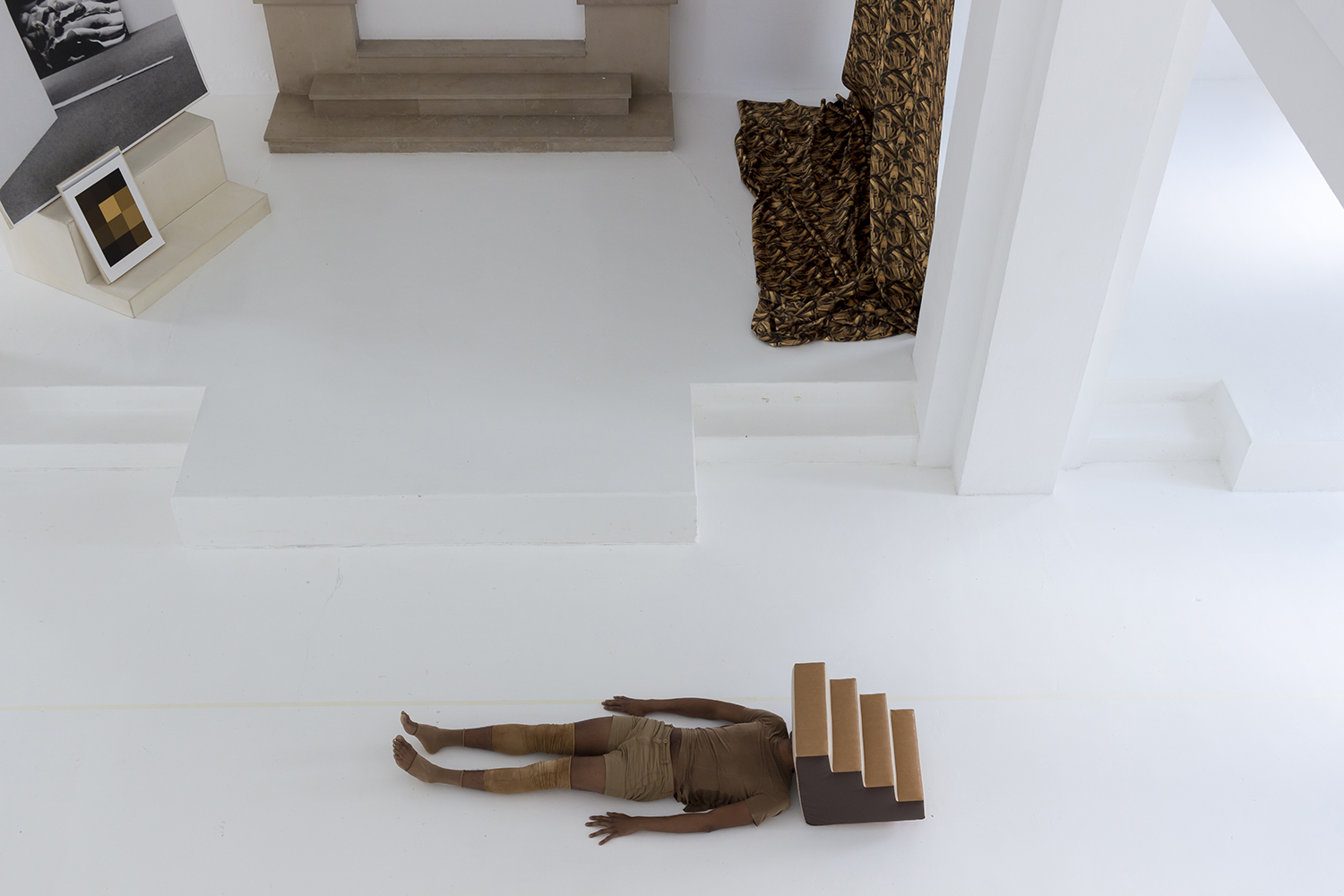
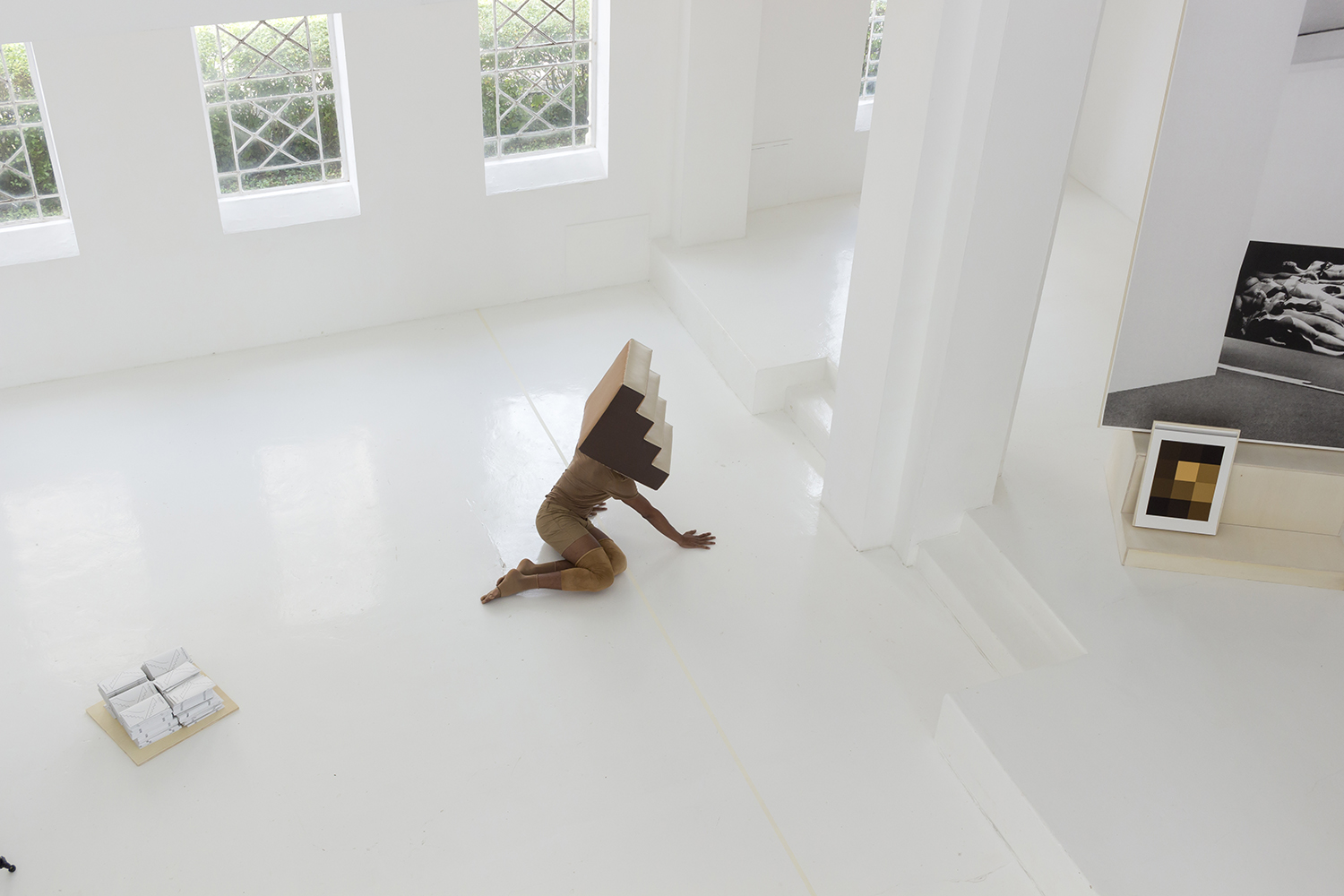
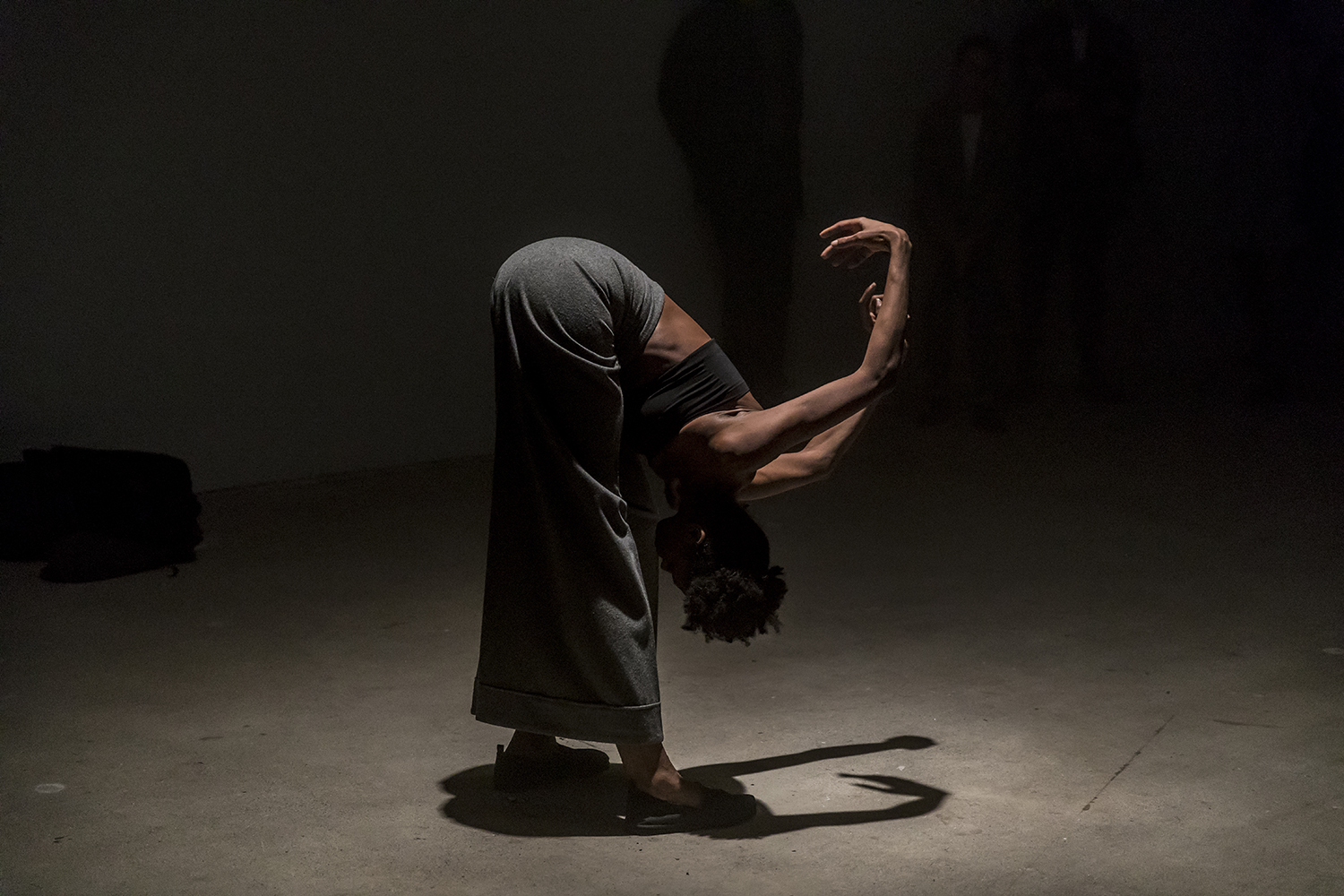
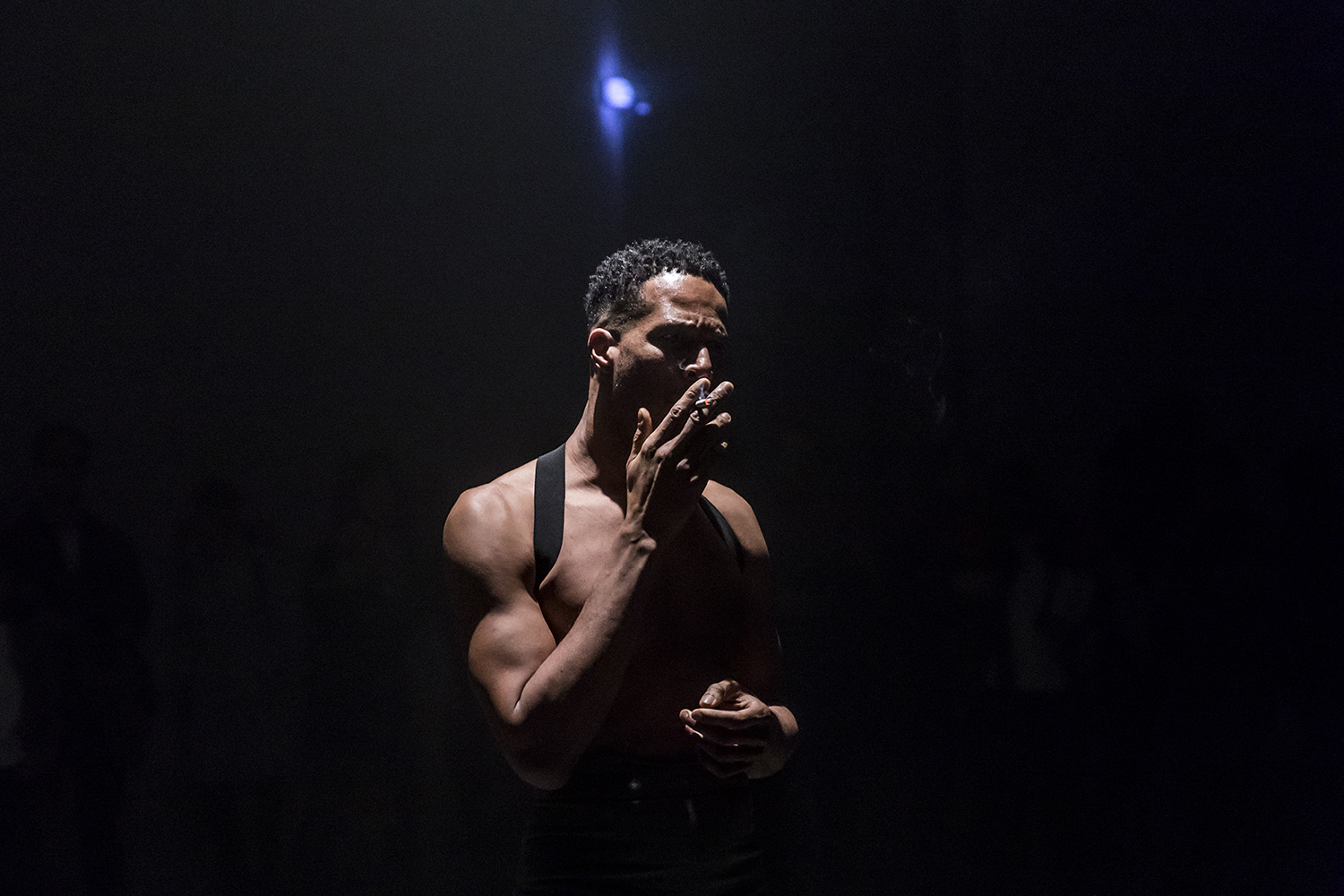
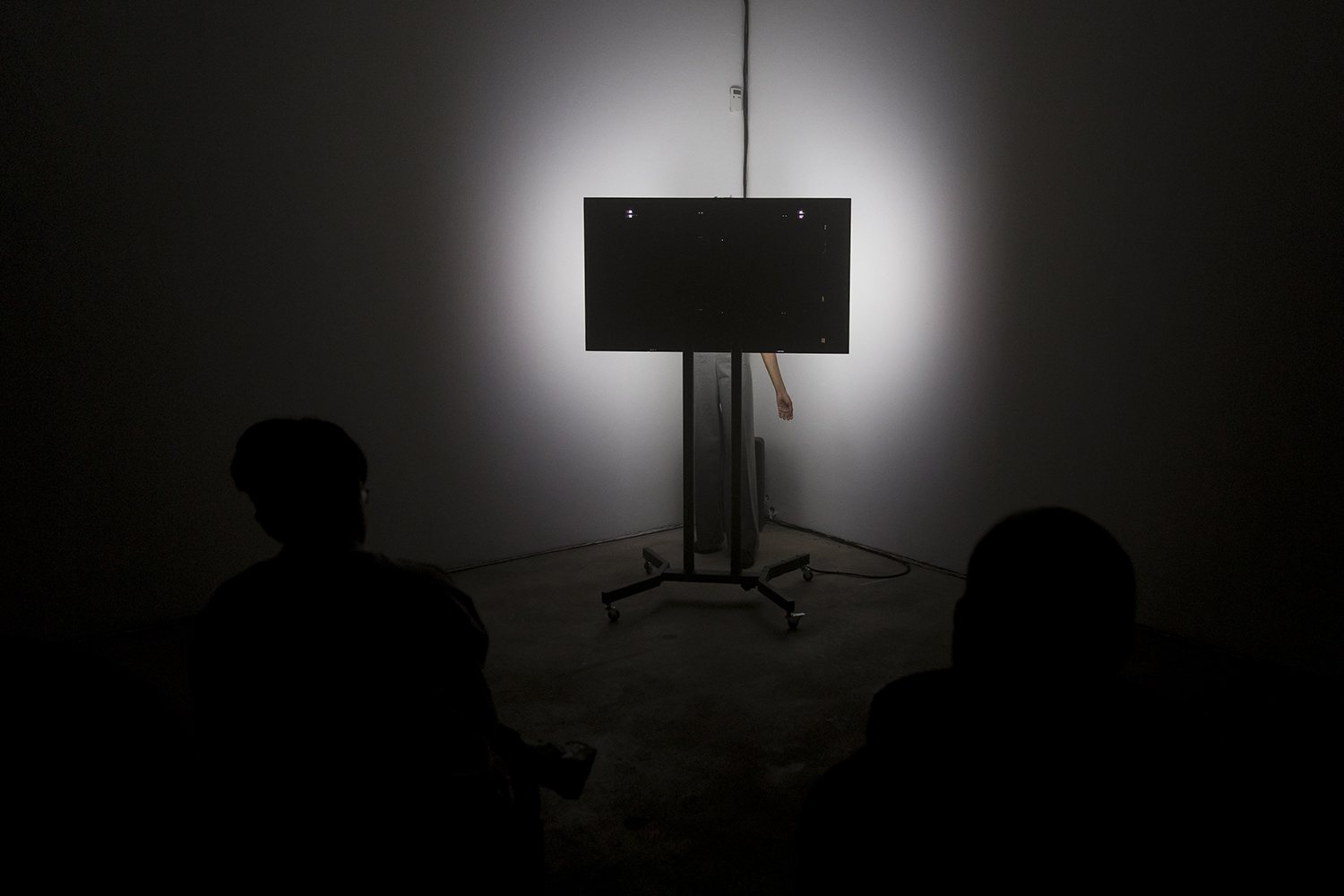
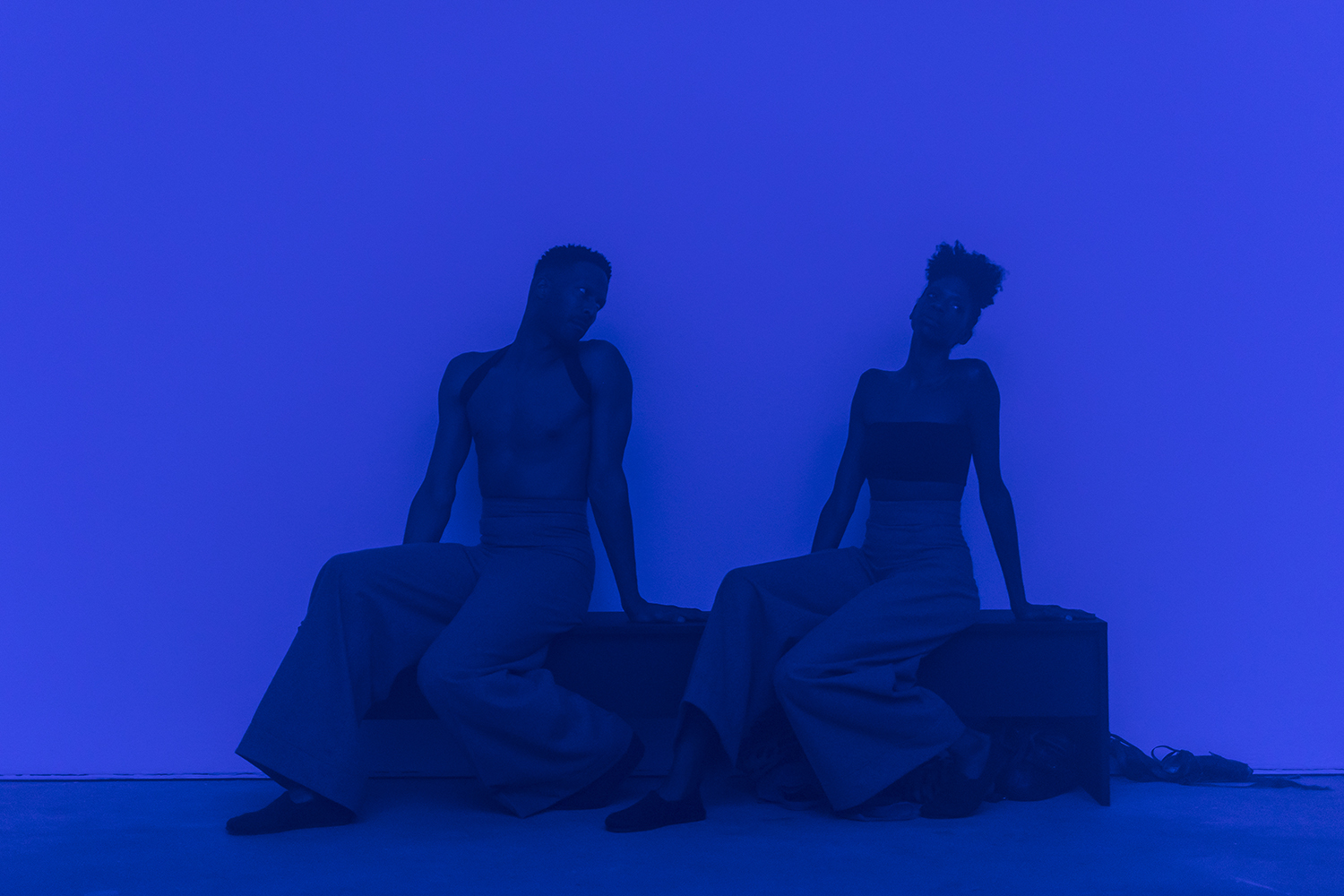
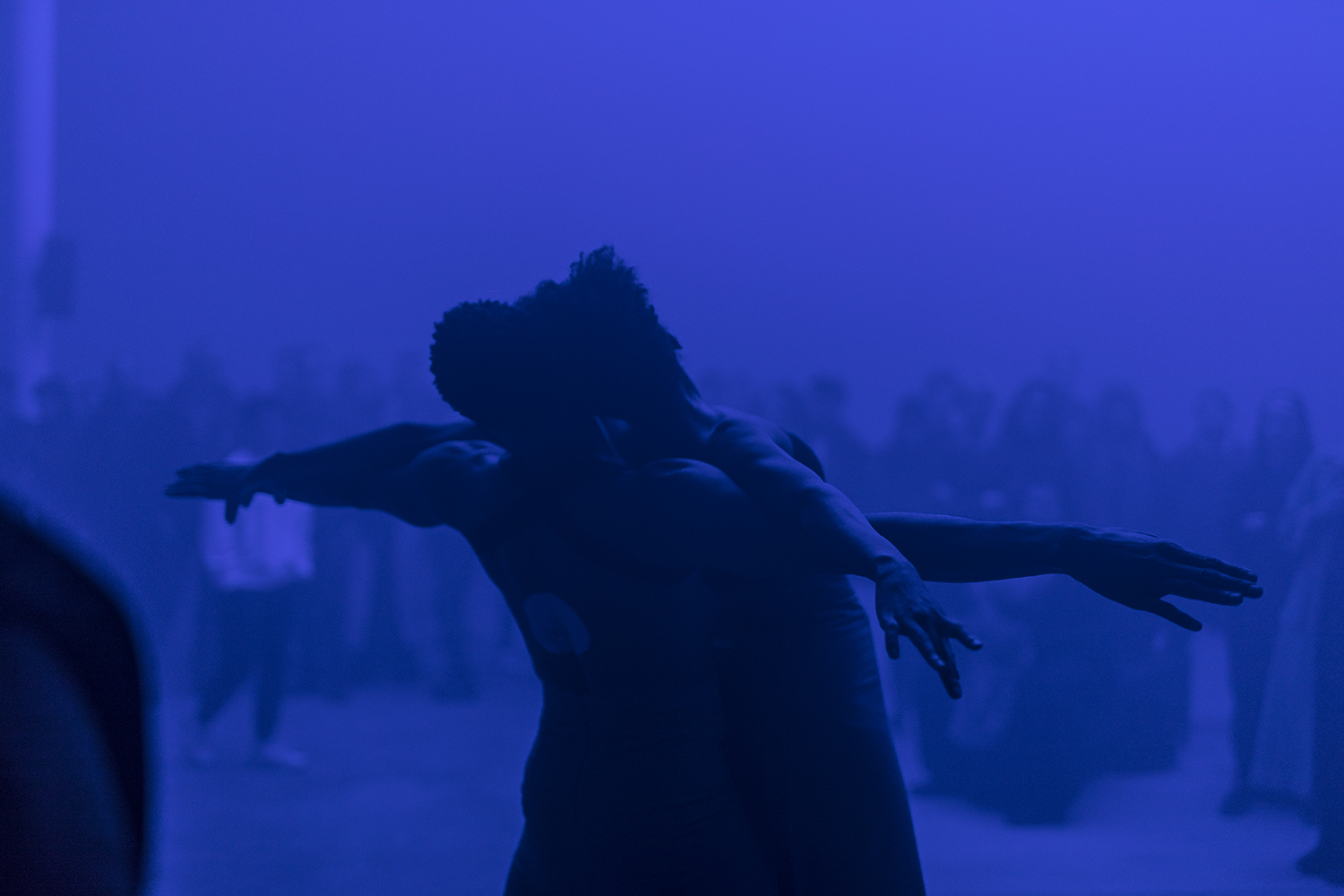
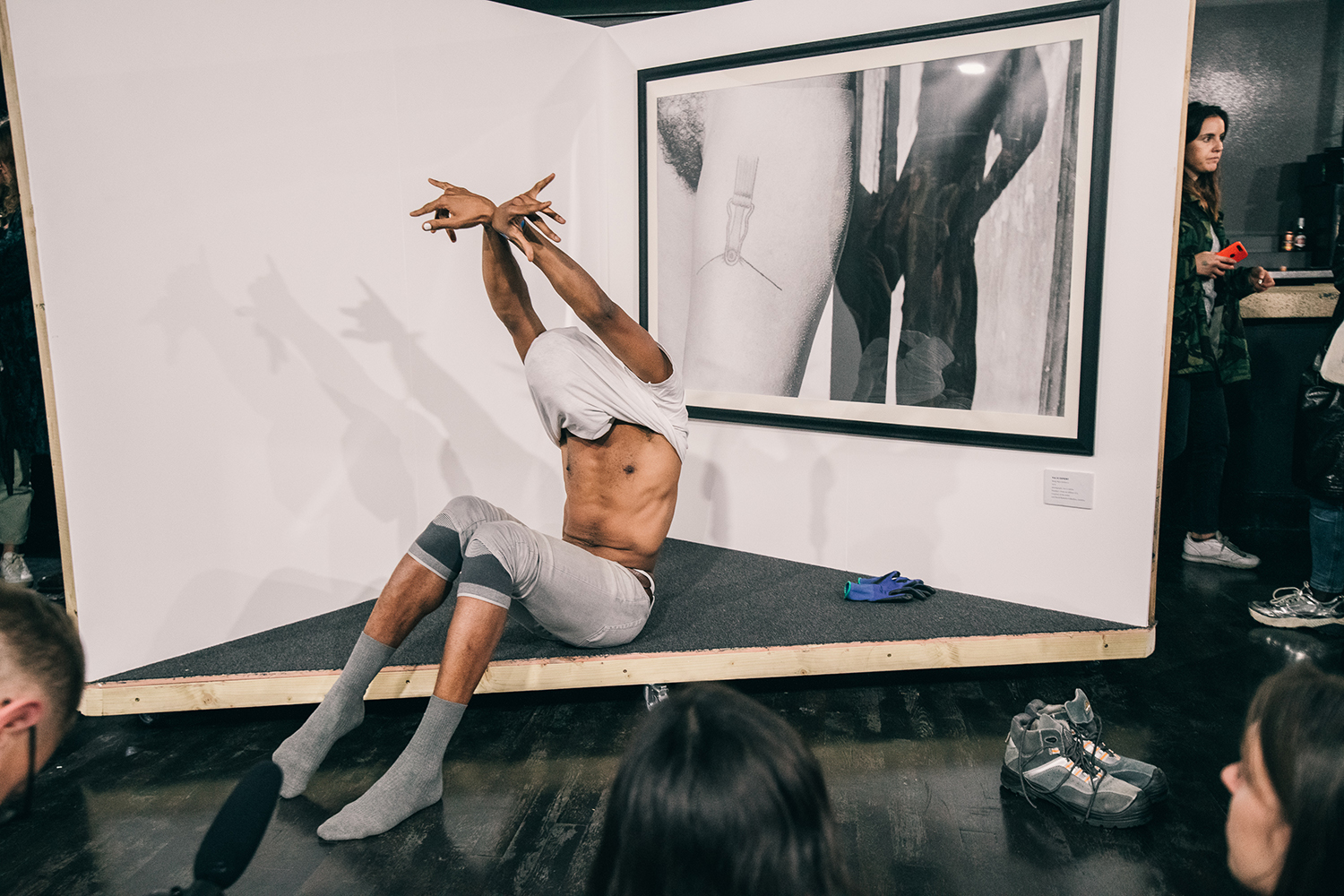
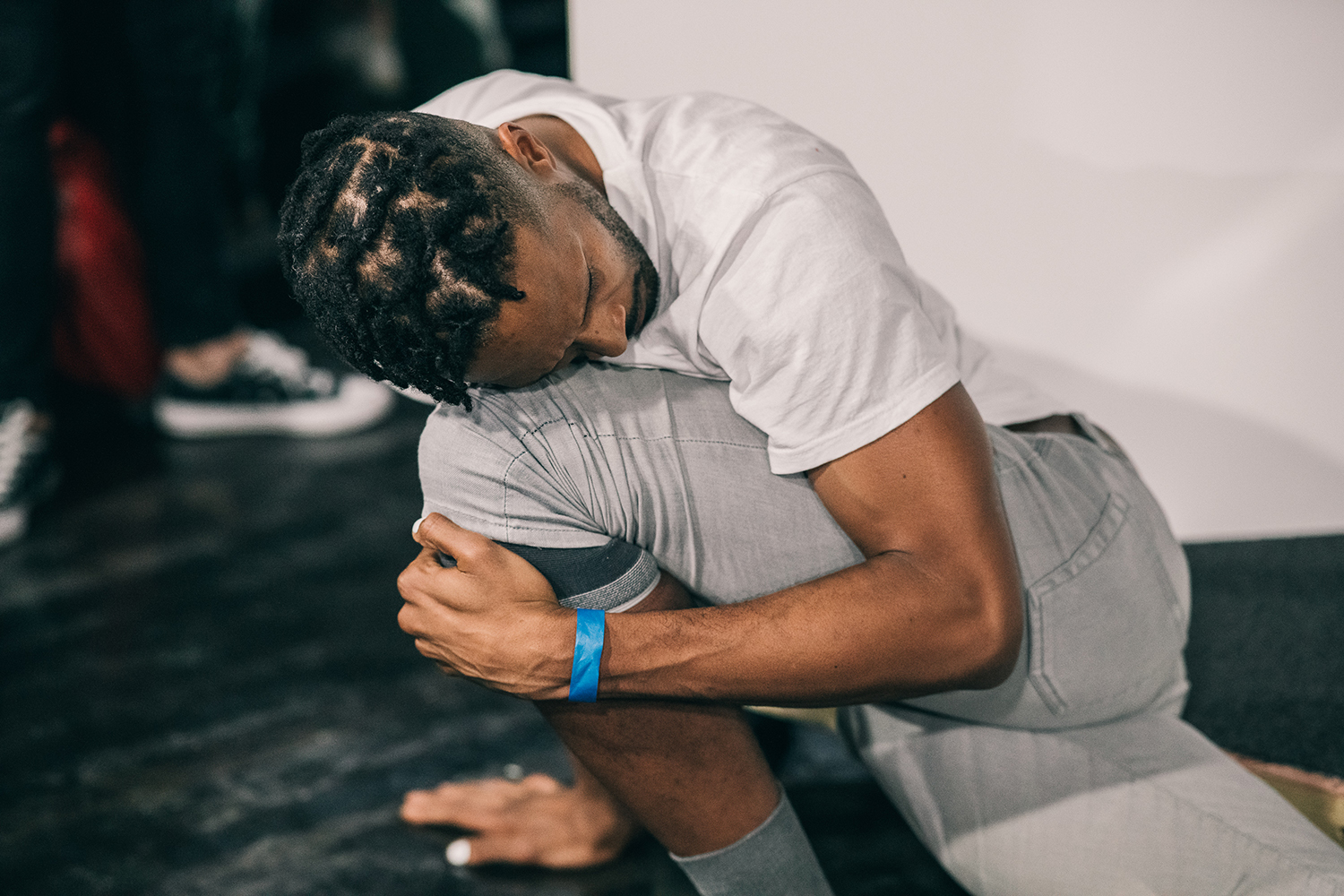
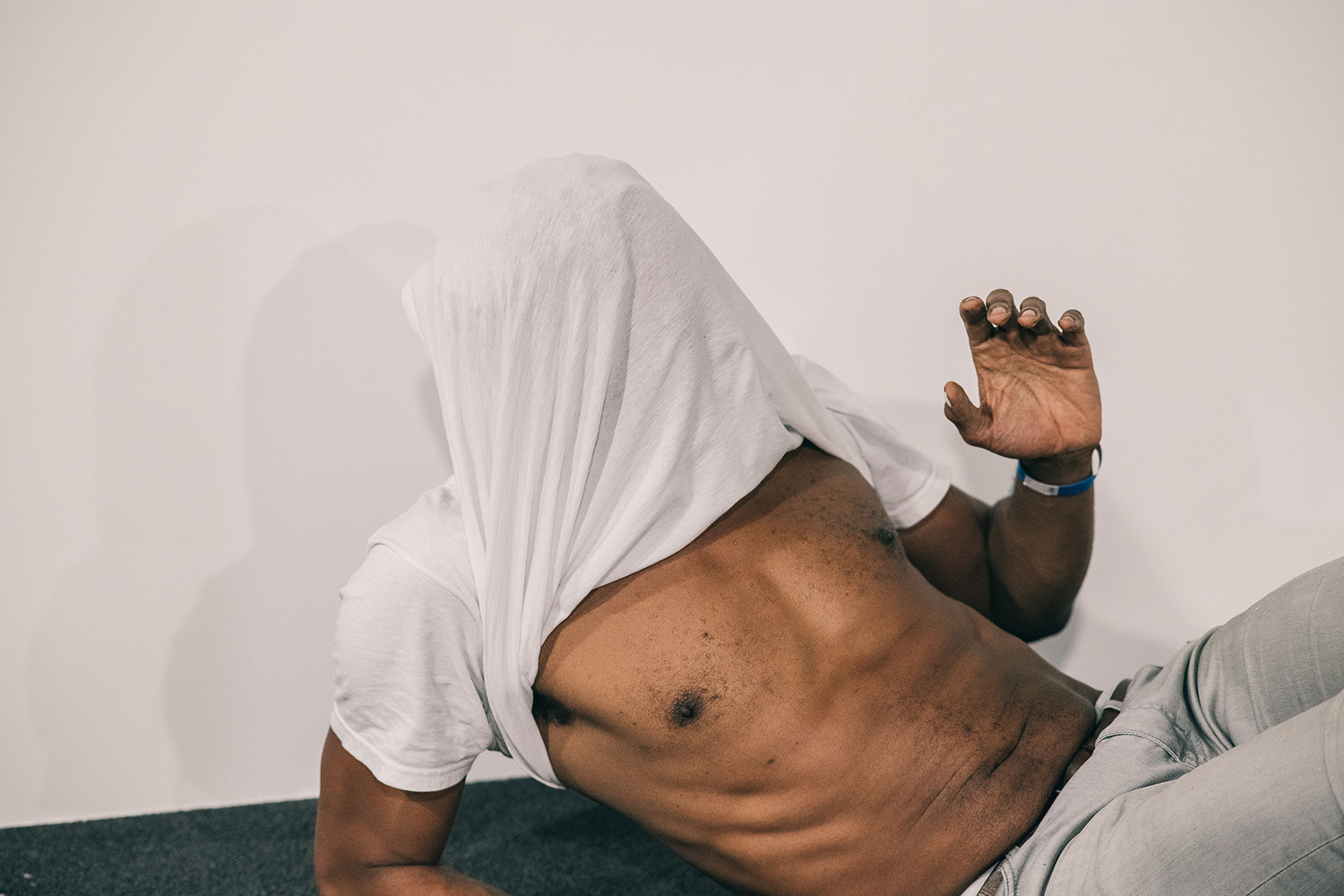
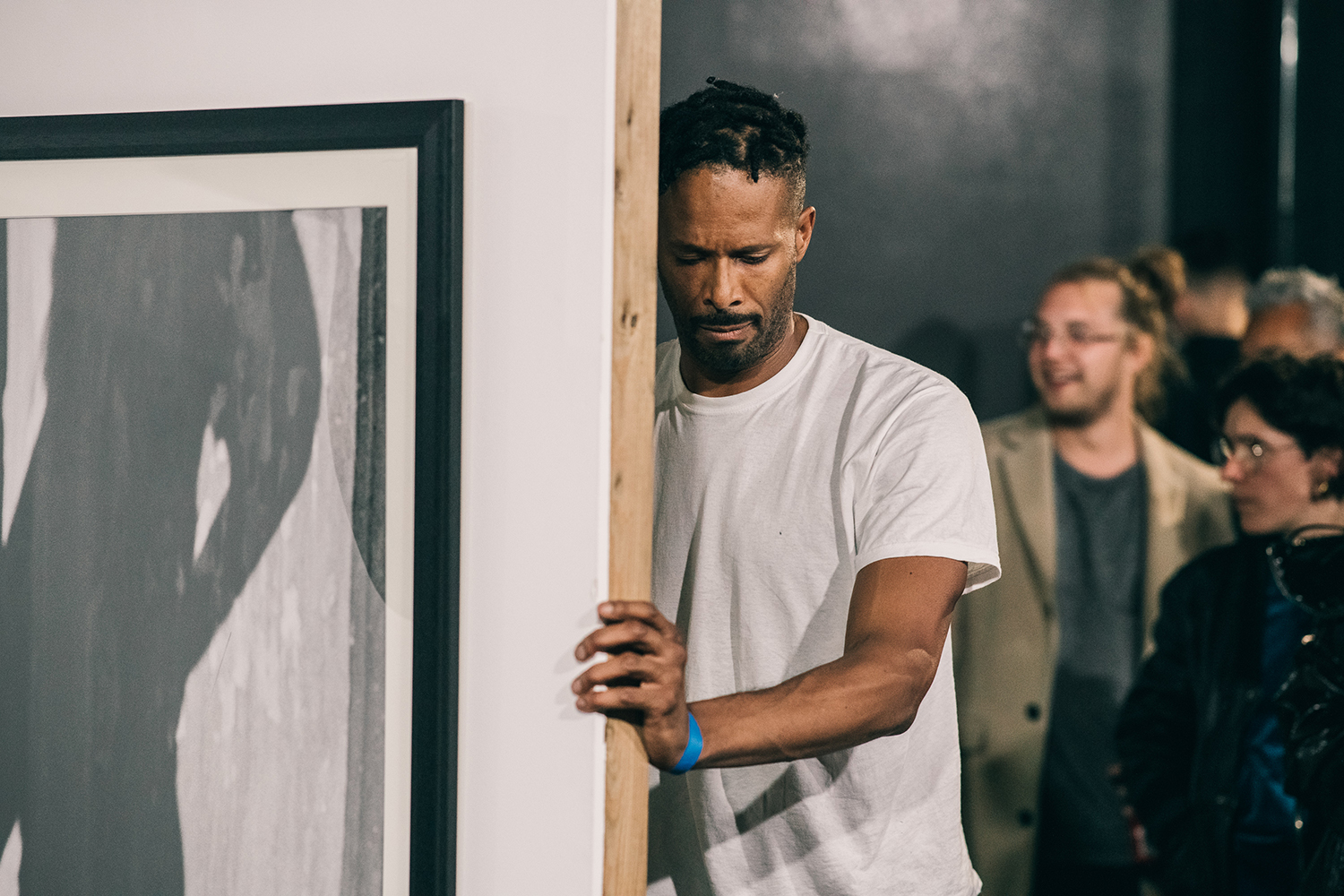
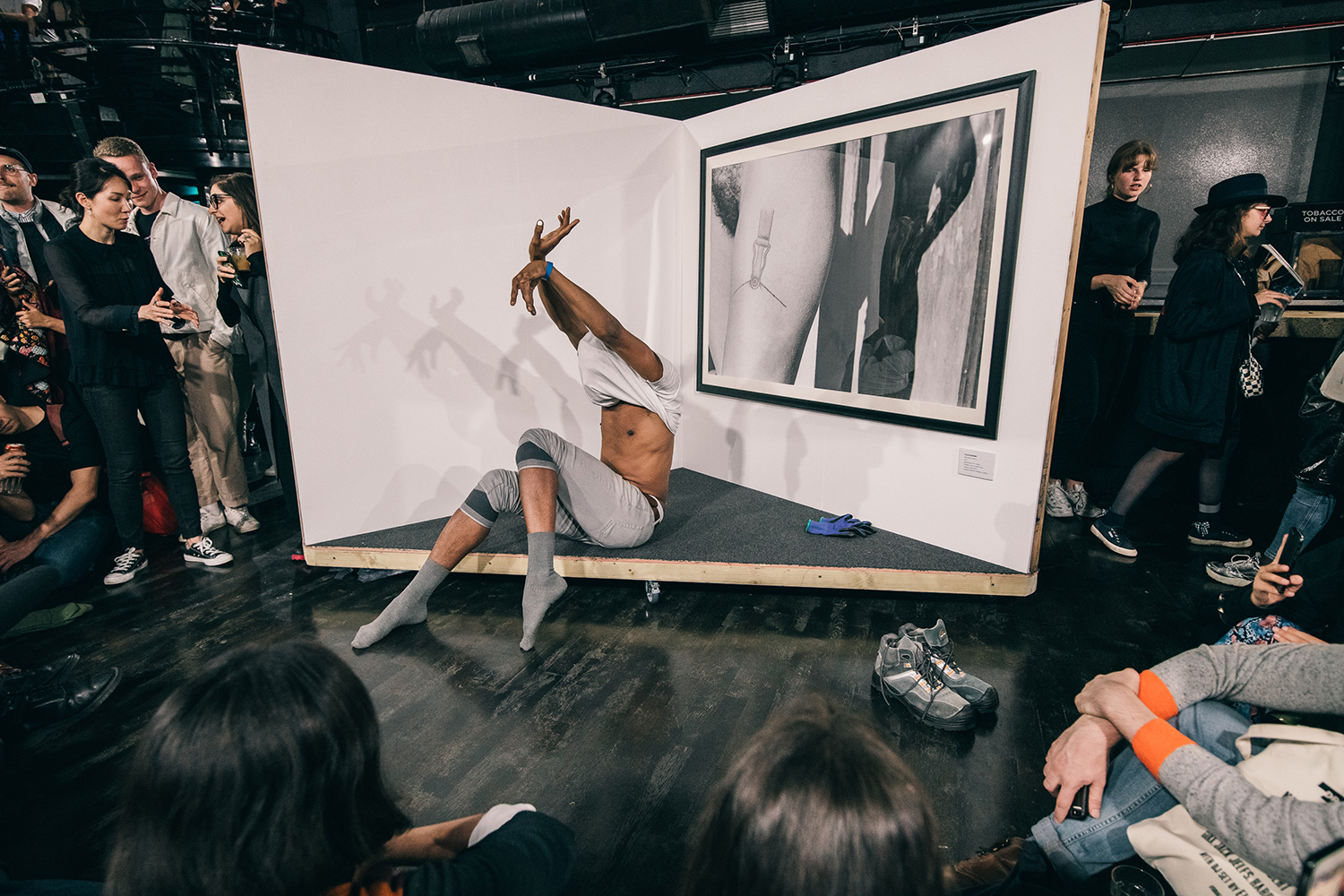
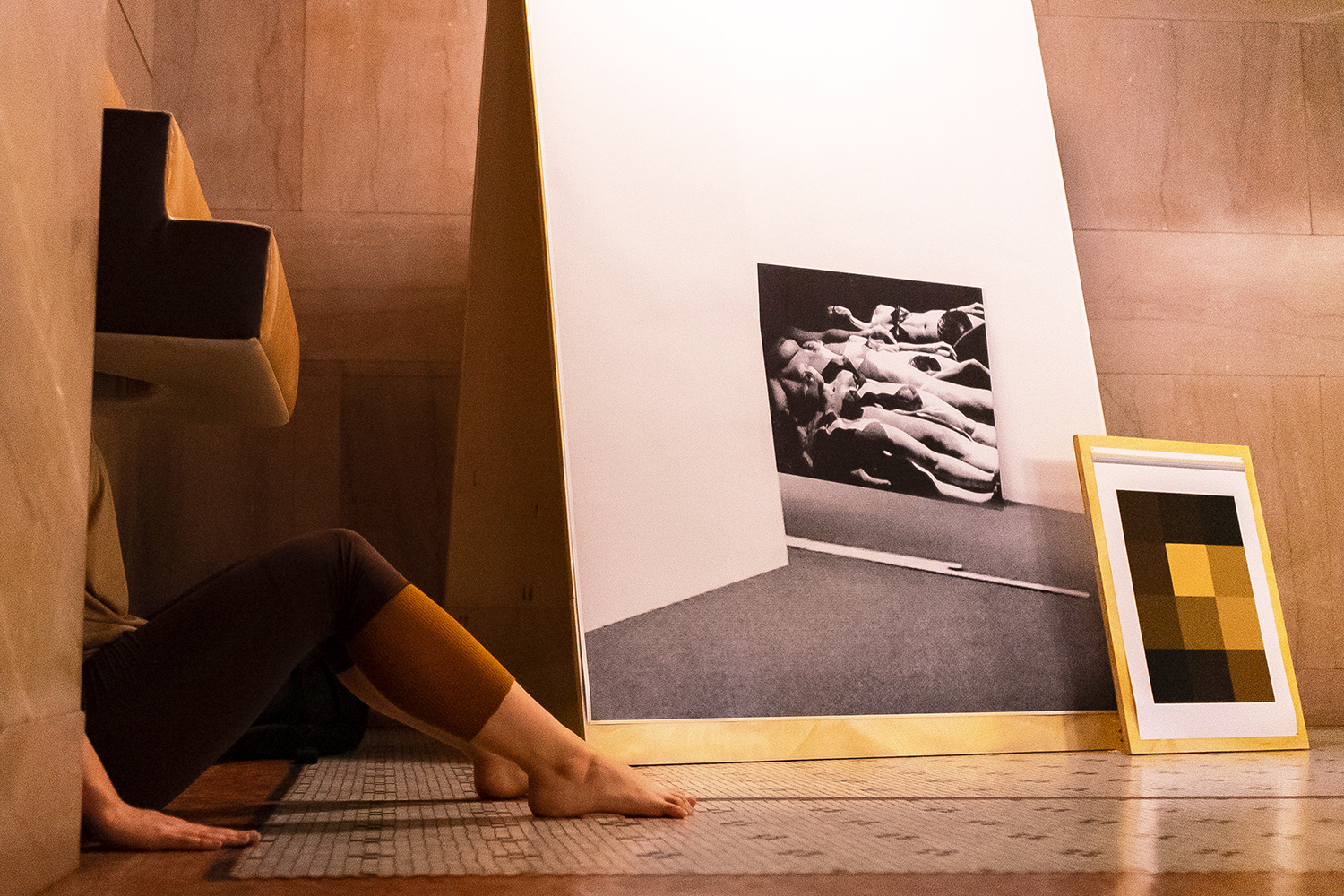

0 Response to "Gesture and the Object Liberation as Aktion a European Component of Performative Art"
Post a Comment